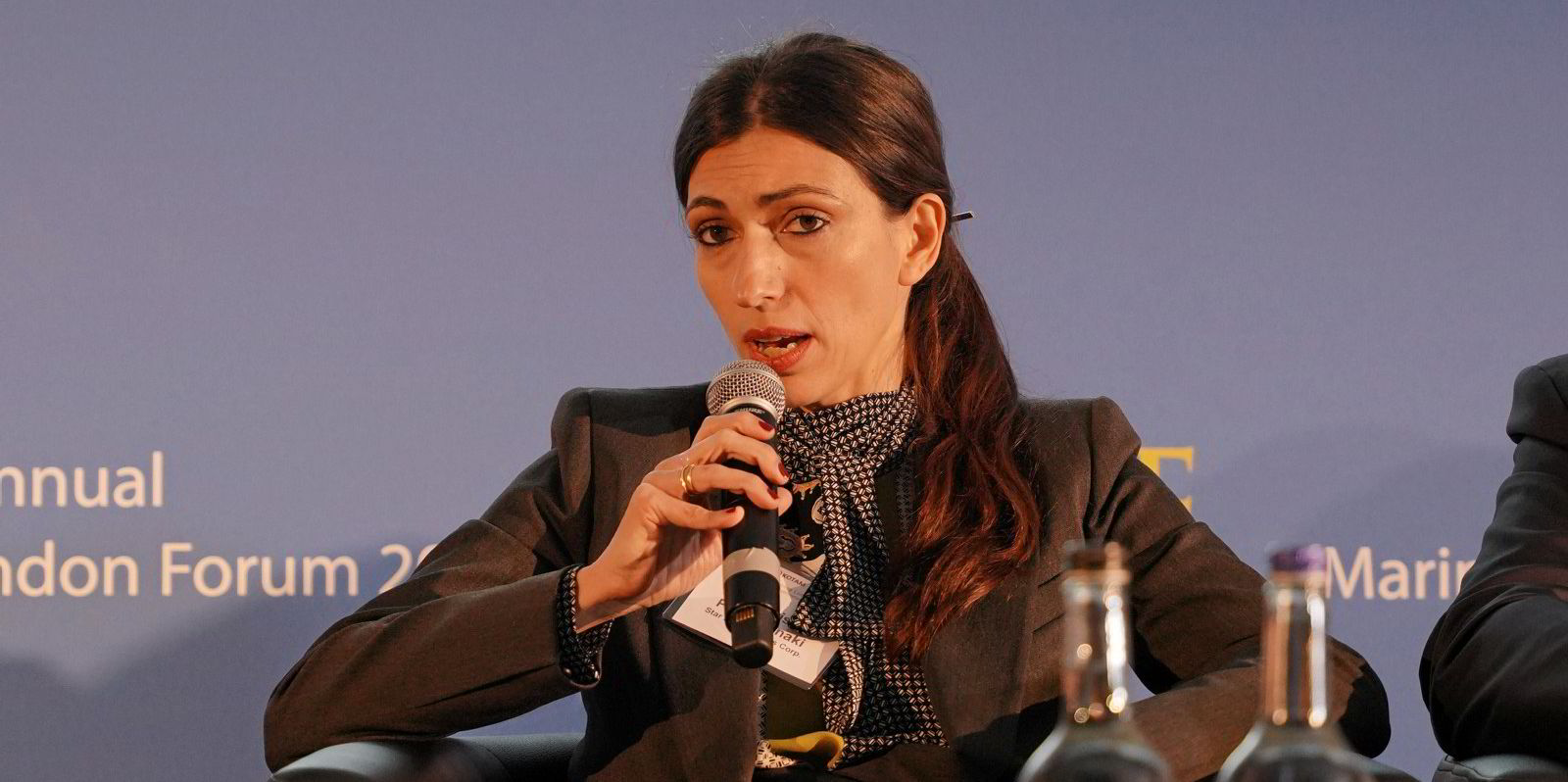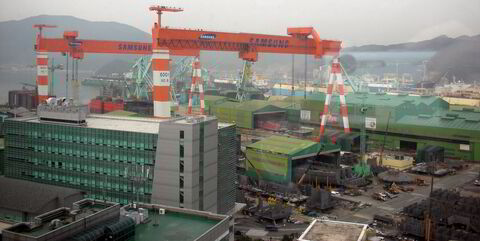Decarbonisation is the new buzzword. According to your publication, decarbonisation made its first appearance in TradeWinds in December 2015. It appeared in just 33 articles from then until April 2018. And has since appeared in TradeWinds more than 1,300 times!
This article is one of more than three dozen contributions from shipping industry stakeholders about their outlook for decarbonisation efforts in the year ahead. We asked shipowners, managers, financial professionals, technology providers and more about their own efforts to address greenhouse gas emissions in 2022 and what they hope to happen in the industry this year.
So, before you get lost in the details, let me remind you that shipping carries about 90% of all cargoes in the world and is responsible for about 2.5% of greenhouse gas emissions.
The Economist stated in September 2021 that "according to the United Nations Food and Agriculture Organization, raising animals for meat, eggs and milk" accounts for 14.5% of global greenhouse gas (GHG) emissions. And yet, here we are, grappling with zero-emission vessels, while no one is talking about curtailing the emissions from the livestock business.
Personally, I have become a vegetarian and our executive lunch served every weekday has become fully vegetarian since the start of 2020, representing our collective effort at reducing GHG emissions during our midday meal.
The International Maritime Organization adopted the Energy Efficiency Existing Ship Index (EEXI) as amendments to Marpol Annex VI that will enter into force on 1 January 2023.
EEXI describes the CO2 emissions per cargo tonne-mile, by determining the standardised CO2 emissions related to installed engine power, transport capacity and ship speed.
Implementation of engine power limitation and energy-saving device technologies will be used by owners to choose the solution best suited for their ships.
We will be getting all of our ships rated for EEXI and Carbon Intensity Indicator so that we will be in full compliance prior to the new laws coming into force.
The IMO has agreed to debate and arrive at a solution on market-based mechanisms (MBMs) to reduce the CO2 footprint from shipping.
This could be via a carbon levy on each tonne of fuel. The Solomon Islands and Marshall Islands have suggested a $100-per-tonne levy of CO2 released, which is a $300-per-tonne levy on fuel oil.
The idea of any MBMs is to make current bunker fuel as expensive as, say, ammonia. So the price of fuel oil must reach $1,500 per tonne — the current price is about $600 per tonne — to match the cost of future fuels for zero-emission vessels.
It is hoped that pressure from the European Union Emissions Trading System will help prod and push the IMO into taking a strong stand on MBMs via a carbon-based levy.
The funds collected from any IMO MBMs via a fuel-based levy could be used in many ways to make a level playing field for greener fuels, from subsidies to research and development.
These include:
• To subsidise the difference between a tonne of fuel oil and two tonnes of ammonia (that is when their energy output equivalence is reached) for the first movers in zero-emission vessels.
• To make the cost of fuel for transporting goods on conventionally fuelled ships identical to zero-emission vessels for the end-user.
• To fund research and development to produce zero-emission vessels, their designs, their regulations and their infrastructure.
• To develop green well-to-wake zero-emission vessel fuels and their land-based support infrastructure.
• To allow the IMO to put a deadline for prohibiting the physical delivery of IC engine ships from, say, 2030 or some earlier agreed date.
• To allow the IMO to mandate recycling of conventionally fuelled engine ships that are older than 20 years of age from, say, 2030 or some earlier agreed date.
• To make shipyards produce zero-emission vessels at a scale that newbuild zero-emission vessels would cost roughly the same as an IC engine ship.
• To make it a level playing field for charterers to select the best ship purely based on their GHG emissions and no other economic factor.

And if you thought that such MBM price increases, eventually borne by the end consumer, would cost a small fortune, you could be forgiven.
According to Boston Consulting Group’s calculations, it would add just $600 to the price of a car, $3 to the price of a smartphone or $1 to a pair of jeans. That is a small price to pay for preventing climate catastrophe.






